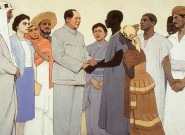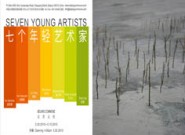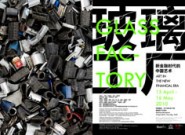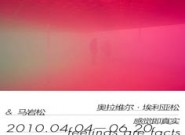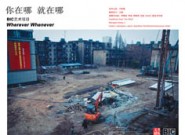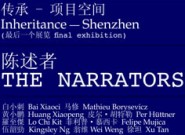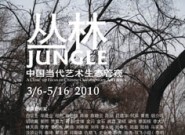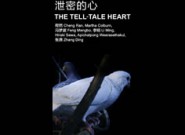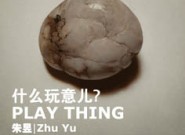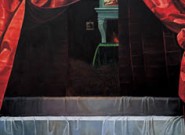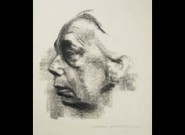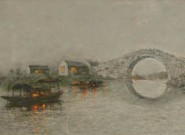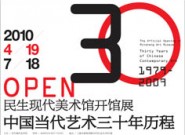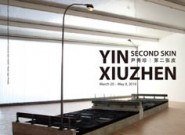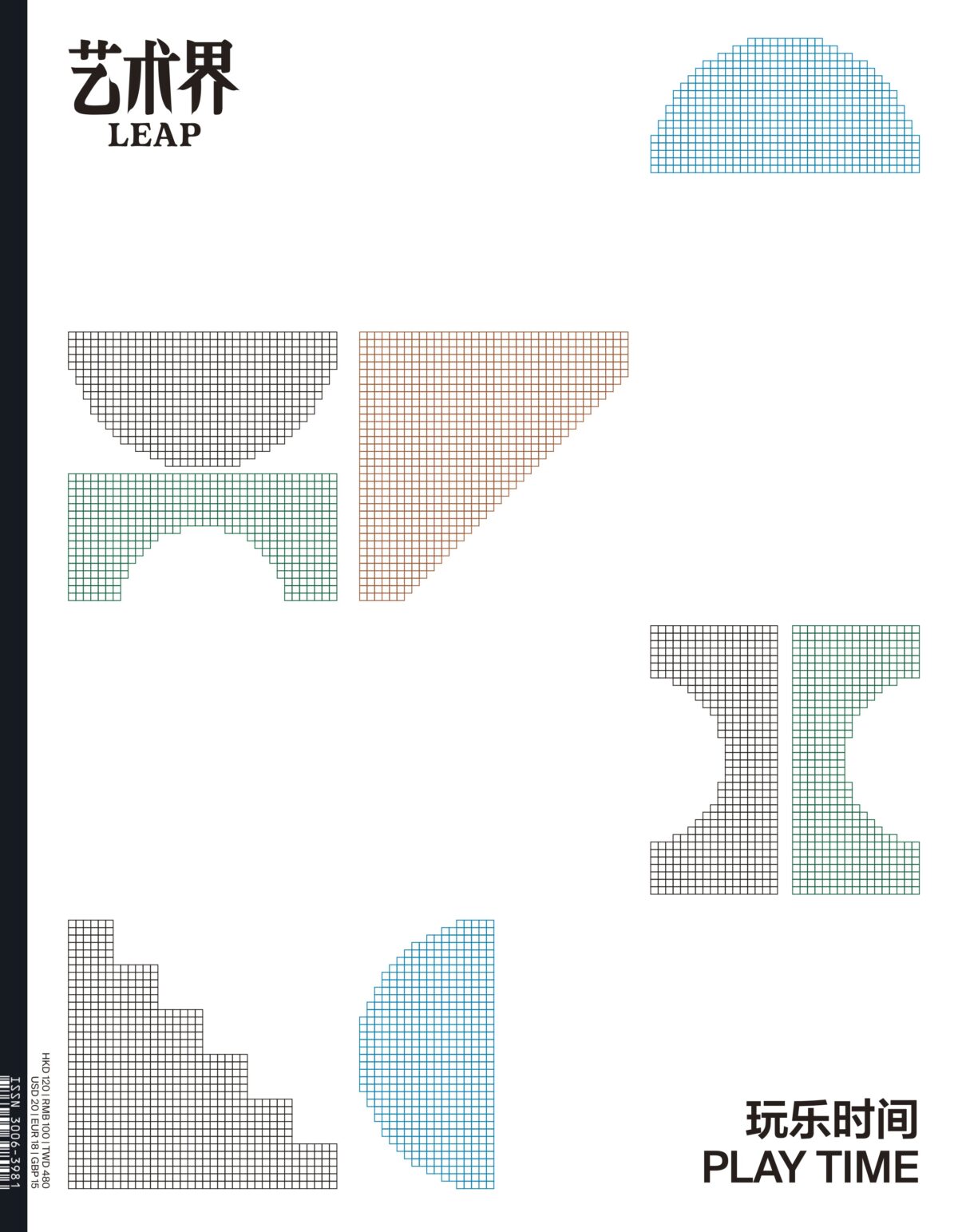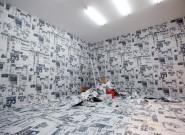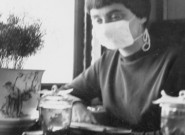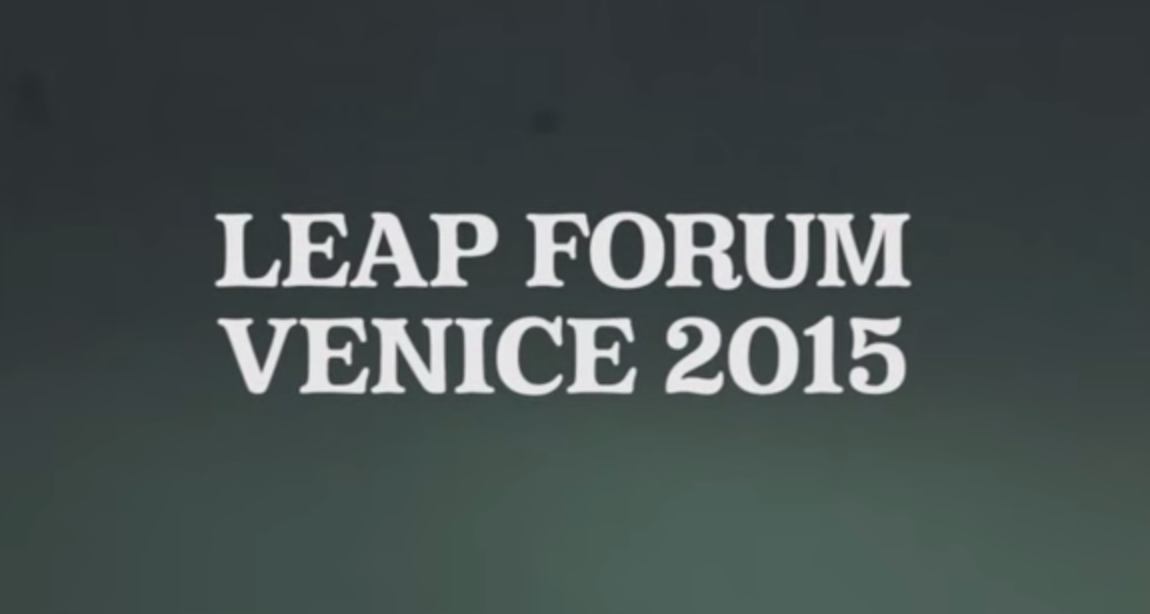In the two recent photography shows “Unspoiled Brats” and “Tora Tora Tora” (subtitled “Chinese Cutting-Edge Photography Exhibition” and shortened below to “Tora”) I saw faces and expressions resembling nothing so much as those of the Beat Generation. The young people in the photographs were immersed in their own performances, flirting with the boundaries of the mainstream value system;…
Read MoreChina’s ever and rapidly increasing prominence on the world stage is no secret, and recently, that world has begun to pay attention to rapid developments in a special relationship: that between China and Africa. And just as China celebrated a milestone moment of global emergence in 2008 with the Beijing Olympics, this month Africa prepares to host the…
Read MoreBut if we want to talk about the shows themselves, they share something on the level of their calm, restrained and dignified dispositions, although “Seven Young Artists” emphasized a delight in langua…
Read MoreAs the social compassion and peripheral perspective contained in the punning title “Rem(a)inders” and the poetic allusion to the processes of artistic production in “Glass Factory” suggest, these two …
Read MoreOlafur Eliasson, introducing his latest work at the Ullens Center for Contemporary Art (UCCA), riddled his audience thus: “How are you? And who are you?” Pausing for a moment, he then explained that save for the order of their letters, “who” and “how” are such similar words that the questions are almost the same. Where one might…
Read MoreIn BIC’s inaugural exhibition, we see an unorthodox slice of a rapidly changing metropolis in the process of transformation, which in the case of Wuhan, exposes a city of China’s interior in a state o…
Read MoreThree pairs of Chinese men and women, their eyes blindfolded and looking like hostages kidnapped by terrorists, appear on three different screens speaking the same lines. It is a video installation by Swedish artist Per Hüttner, who plans to hire actors in different countries—China, Sweden and France—to recite the same text concerning a world on the edge…
Read MoreBoulevard du Général de Gaulle, renamed Boulevard du Centenaire, is one of the best-kept stretches of road in metropolitan Dakar and arguably all of Senegal. Originating at the Place de l’Obélisque and extending with unobstructed sightlines into Centre Ville, the Boulevard and its surrounding neighborhood—collectively referred to as Centenaire—occupy a perfectly strategic sliver of urban space. It is here…
Read More“Jungle” was by no means one of those ordinary name-dropping group shows of Chinese contemporary artists, even though its presentation was familiar: more than sixty artists at its opening, a list that might be described as long and exhaustive, covering artists of every age bracket and working in many different media. Fortunately the show was aimed at displaying…
Read MoreThis exhibition reminded me of nothing so much as Akiko Busch’s book, Geography of Home. The garden, the hall, the courtyard and the other rooms of the interior all maintain the original structure of the building, yet override the blueprint’s vision for the space with postcolonial charms that offer a sense of traveling perspective (the gallery space is…
Read MoreThe latest incarnation of Zhou Tiehai’s ongoing Desserts project is a gorgeous confection mocking authorship, politics, fashion and self-importance. Hundreds of small-scale canvases were hung in a sweeping ribbon up MoCA Shanghai’s Guggenheim-ramp pastiche. The paintings are lovingly clichéd, depicting extra-sweet bourgeois images, whether a dainty cupcake, a French pâtissier tasting a sauce, or a pair of lipstick-painted…
Read MoreThe Chinese title of this show, literally “what thing,” was a bit of a tease. Without a subject, it was hard to know whether it was asking “What thing is this?” or “What thing are you?” Don’t think that the likelihood of the latter was greater than the former, unless you don’t know how clever…
Read MoreAmong the eleven oil paintings that make up this exhibition, there were none of the artist’s trademark “smiling rascals”; in fact, there were no human forms at all—the name of this group of paintings …
Read MoreNo matter how spotless the gallery’s white walls were, I preferred to imagine Käthe Kollwitz (1867-1945) standing amid a pile of rubble calling for love, sorrowful and passionate. The strong black and white contrast of her small etchings and woodcuts, the rough lives of the lower classes and overbearing sense of death and oppression can…
Read MoreBorn in Suzhou, Yan Wenliang (1893-1988) was immersed in the southern city’s traditional culture, passed down through the generations, from an early age. In his childhood he learned Chinese flower-and-bird painting from his father, and later watercolors. Following the epochal changes of the early twentieth century—the advent of the ROC, the spread of Western influences,…
Read MoreIf Minsheng Art Museum’s opening exhibition, a thirty-year survey of painting in China, can be seen in relation to any recent show, it is the National Art Museum of China’s “Report to the Motherland: …
Read MoreUpon entering Yin Xiuzhen’s show “Second Skin” at Pace Beijing, the first thing one could smell was the scent of a woman, a scent borne by all variety of clothing. Textiles have been a persistent elem…
Read MoreAs we were nearing press time a few days ago, it occurred to us to try and capture one specific example of China’s waxing presence in Africa, the Parc Culturel et ses Sept Merveilles de Dakar, near the Senegalese capital’s bustling seaport. There, Chinese laborers, backed by Chinese investment and in keeping with Chinese foreign…
Read More

